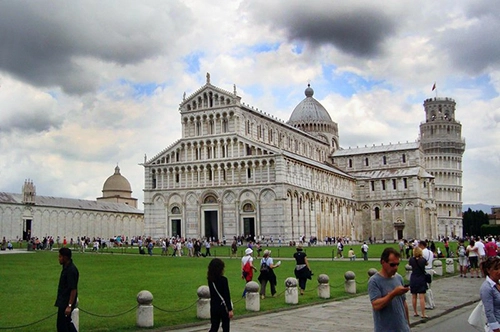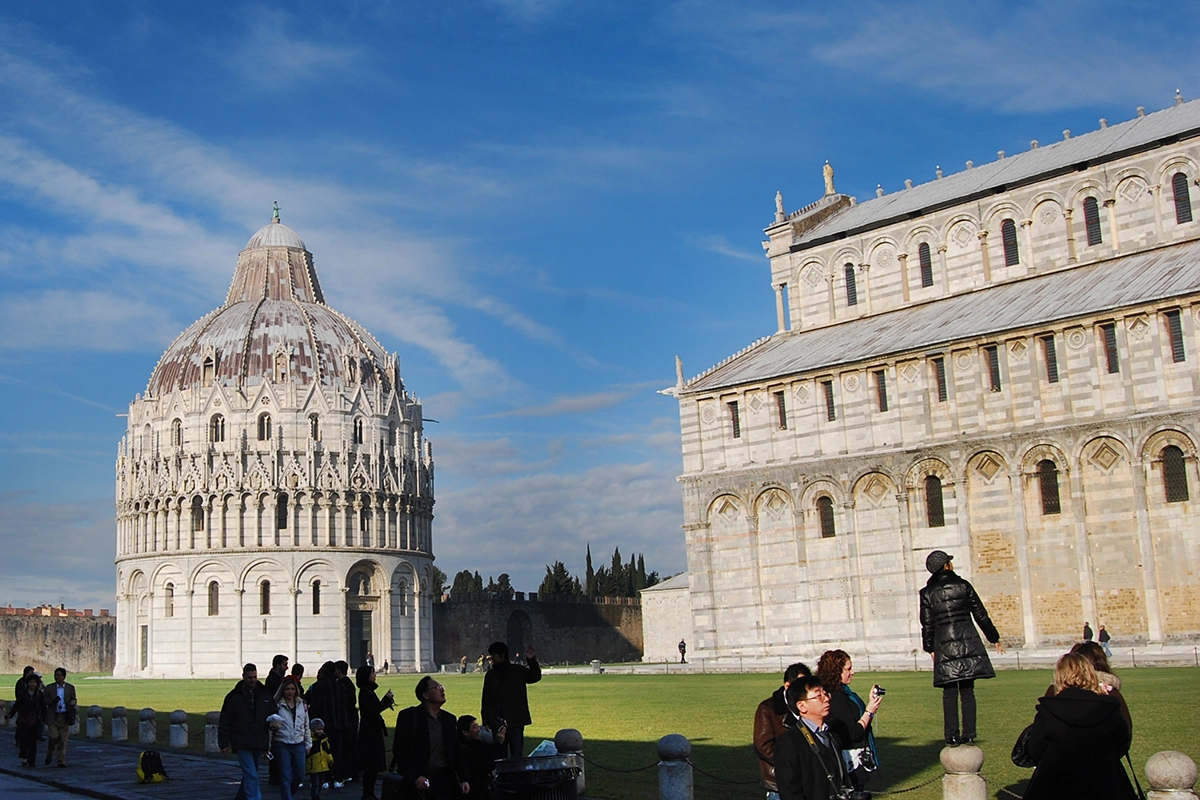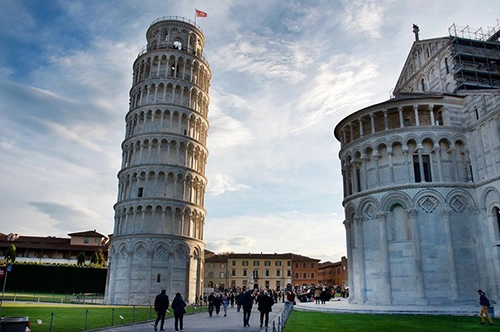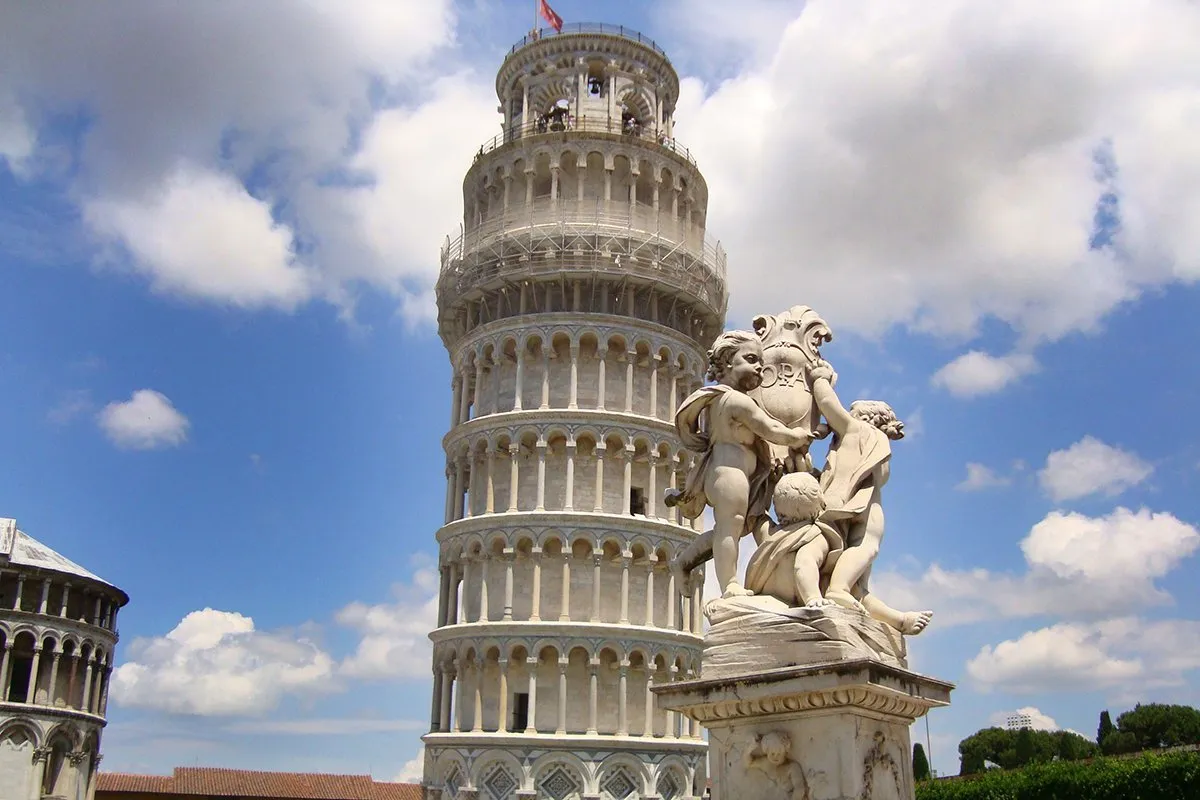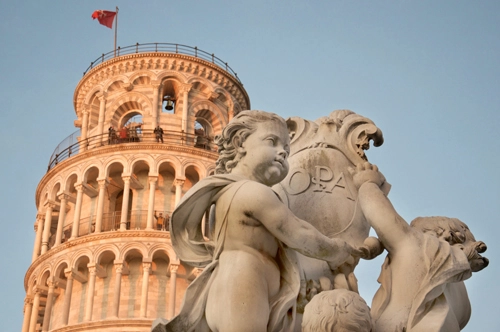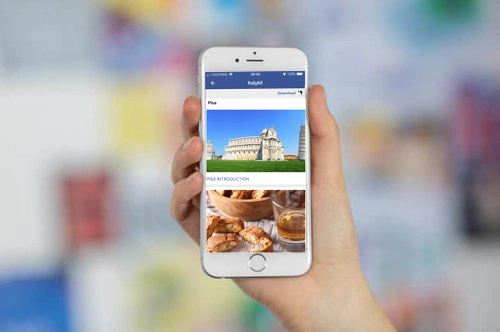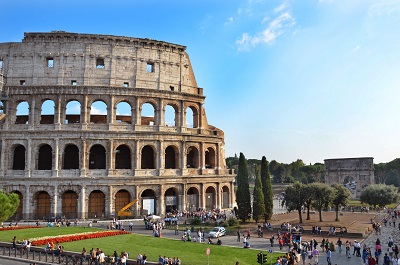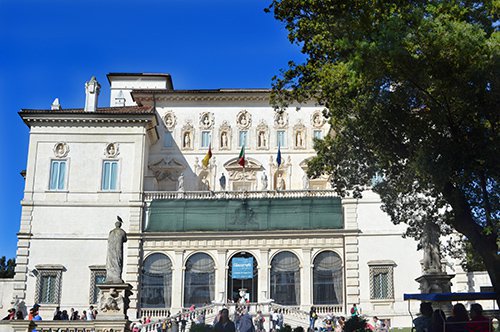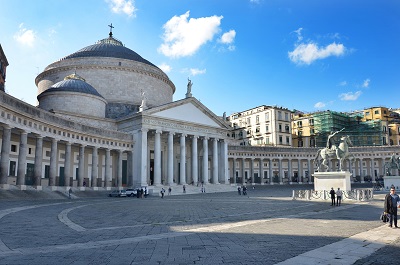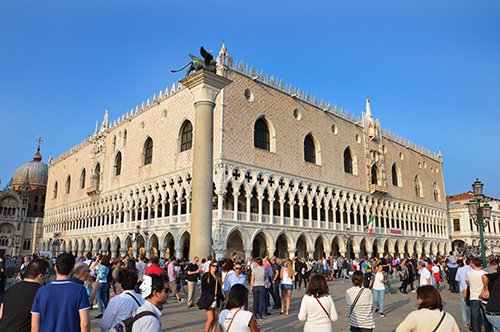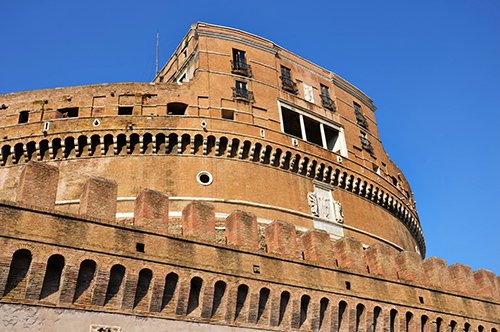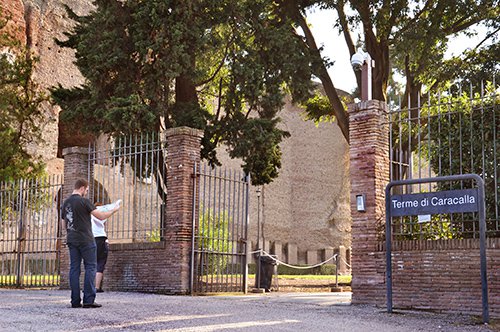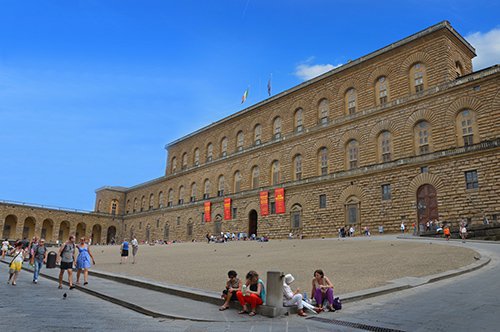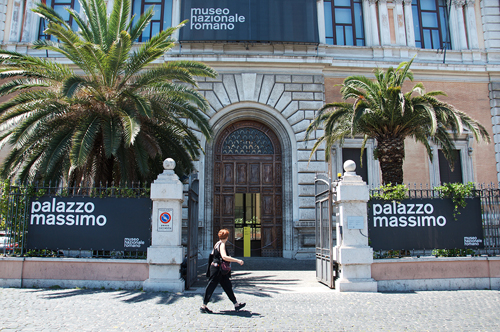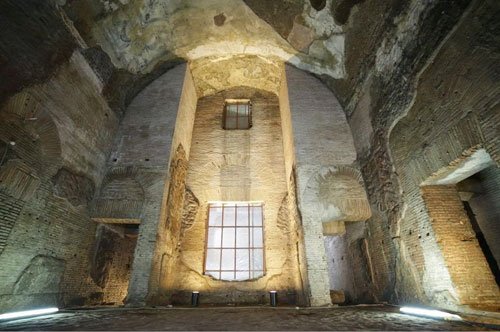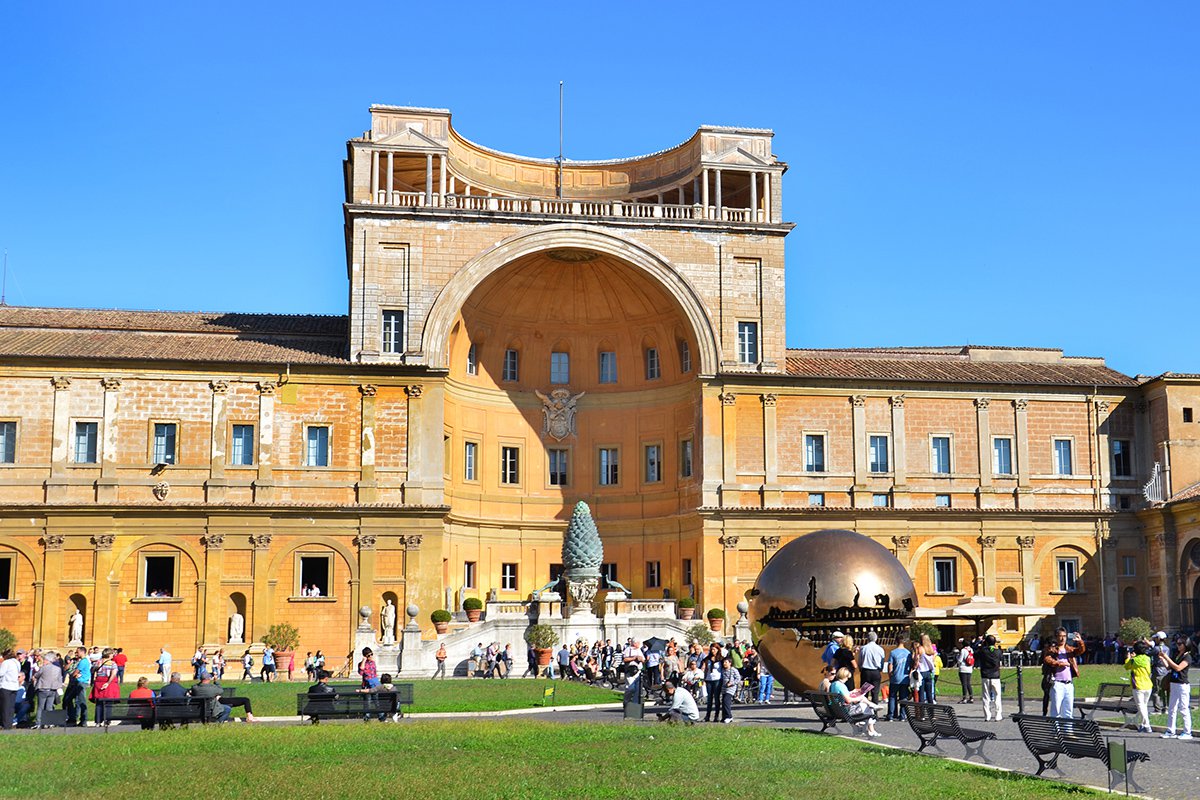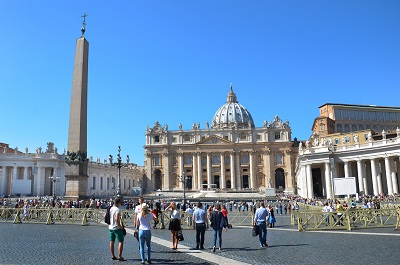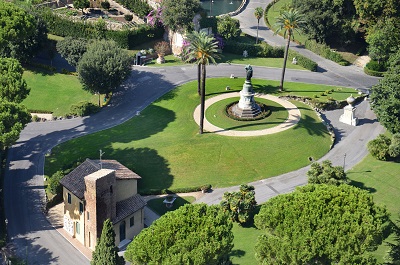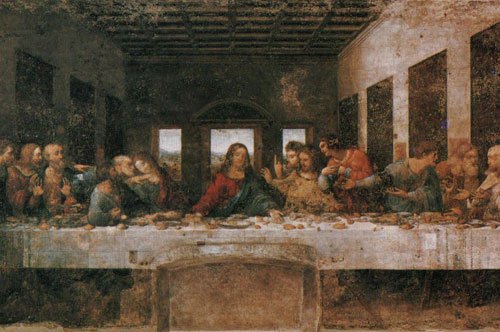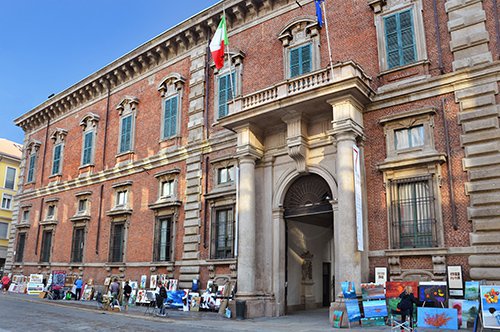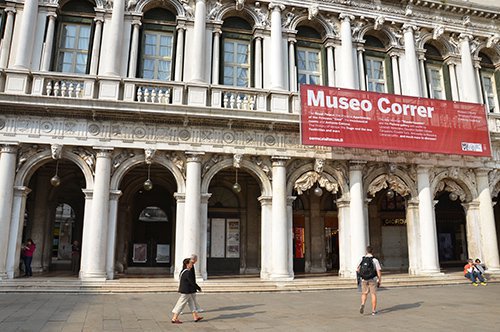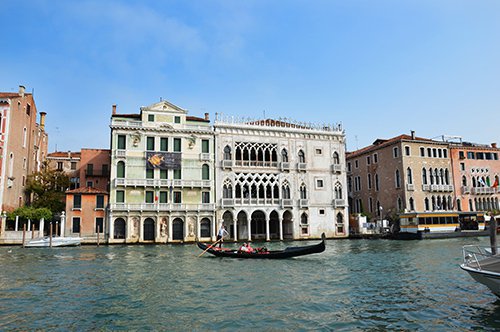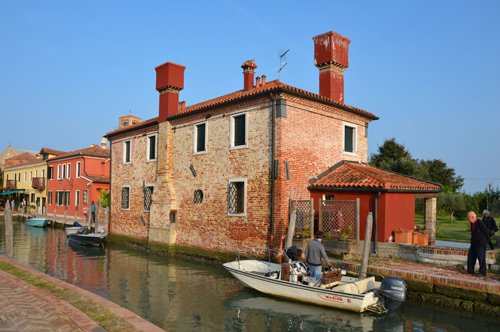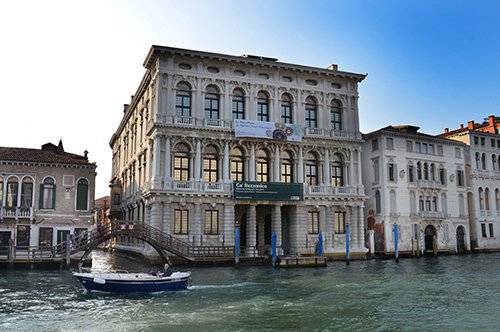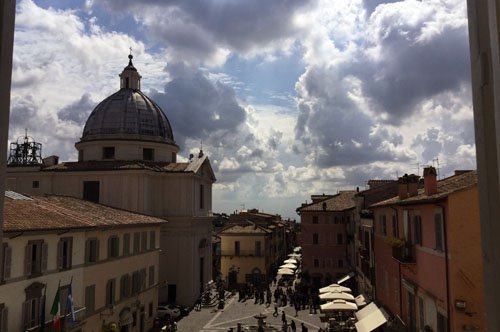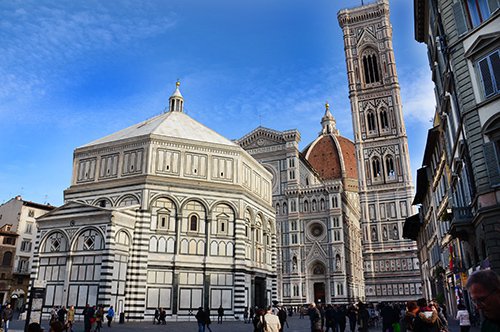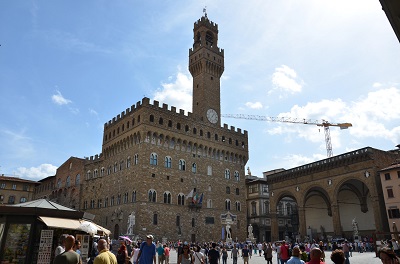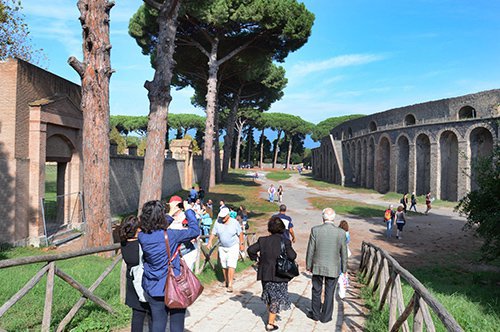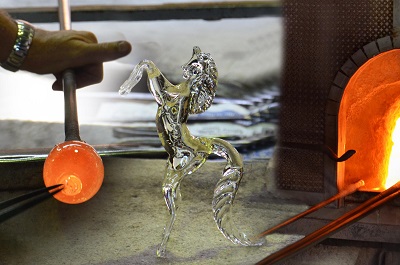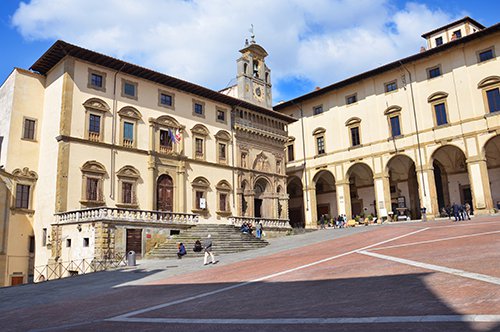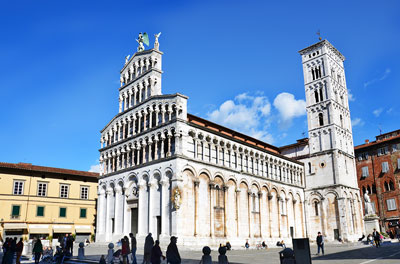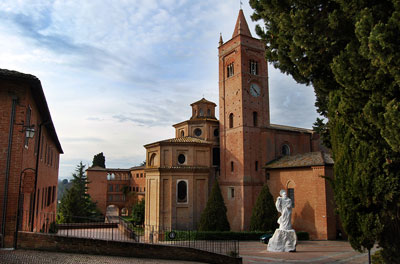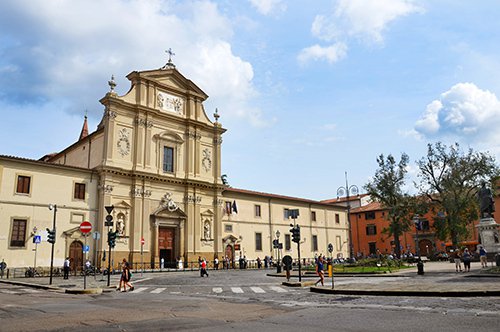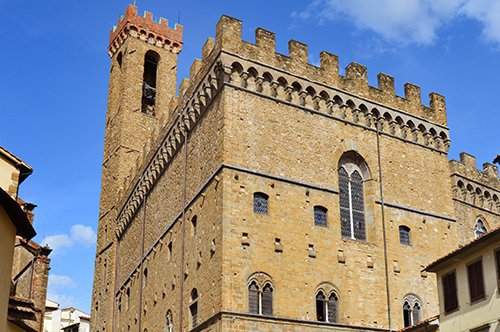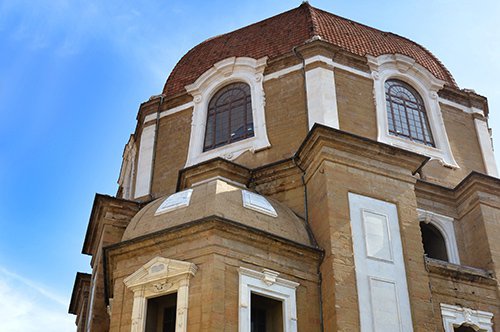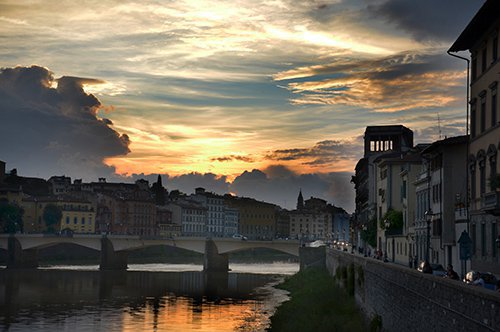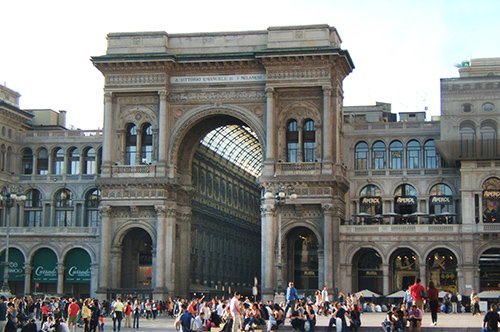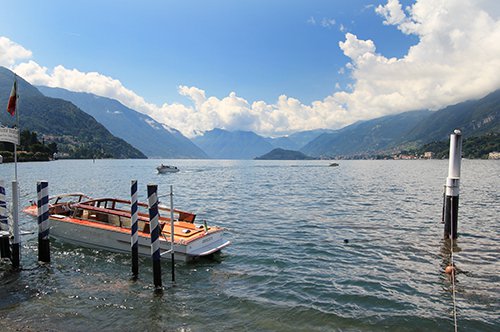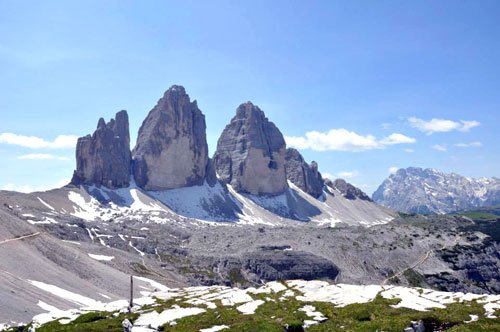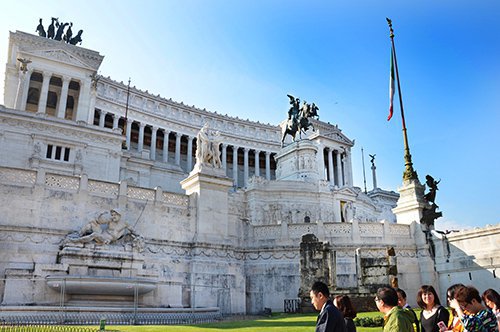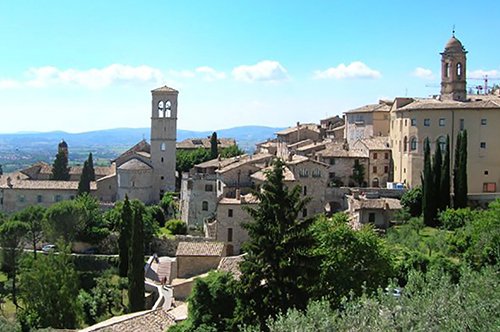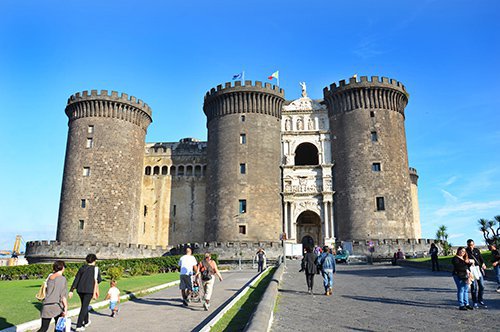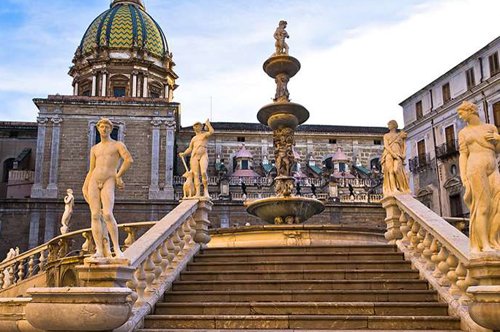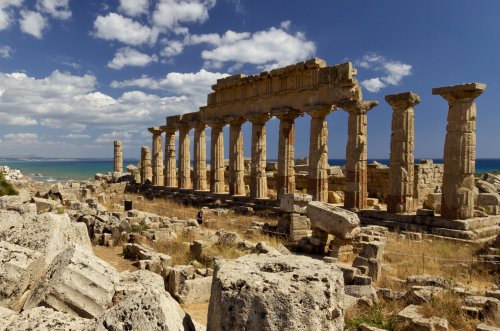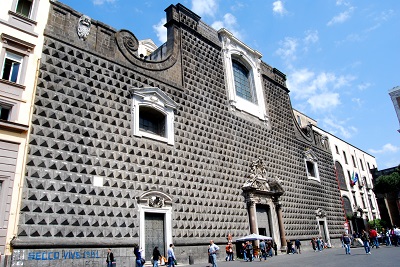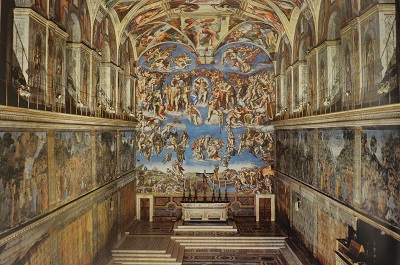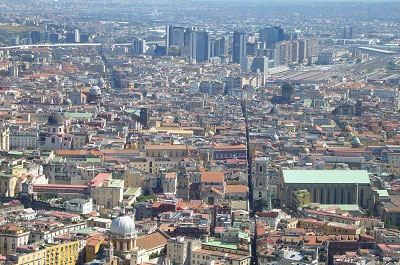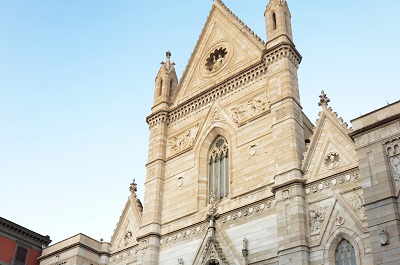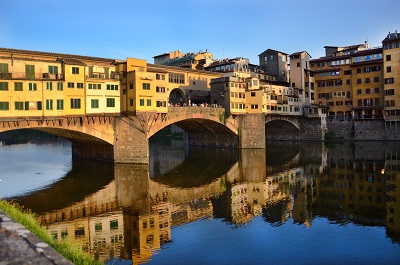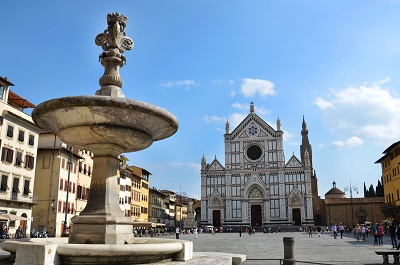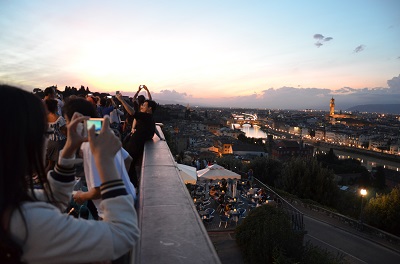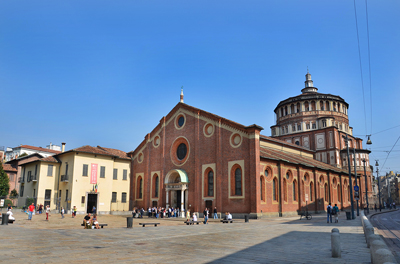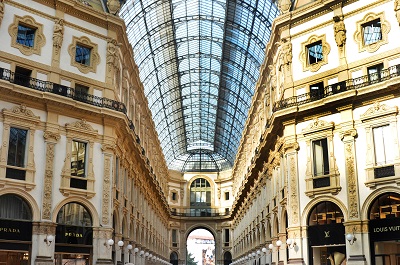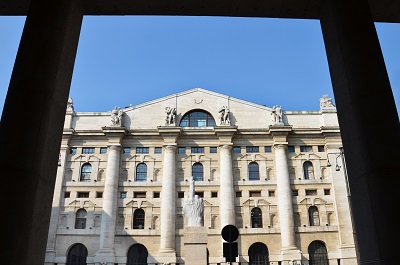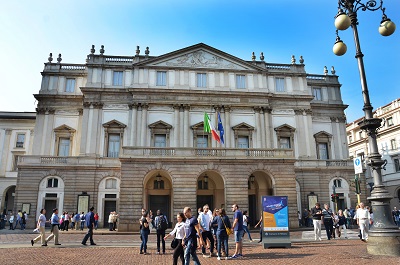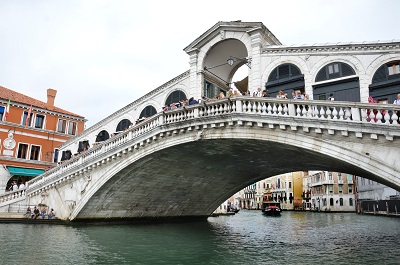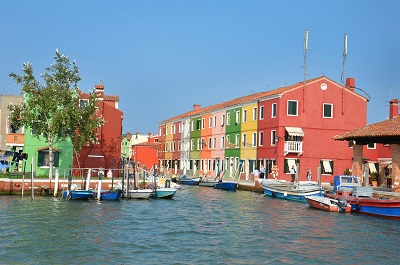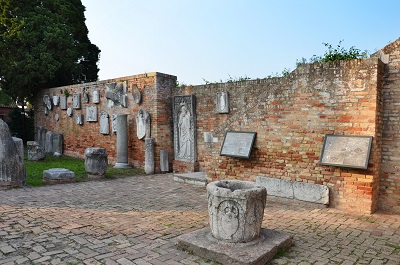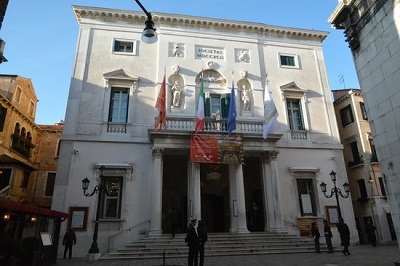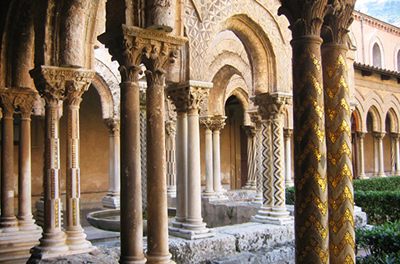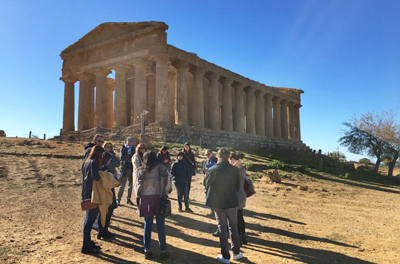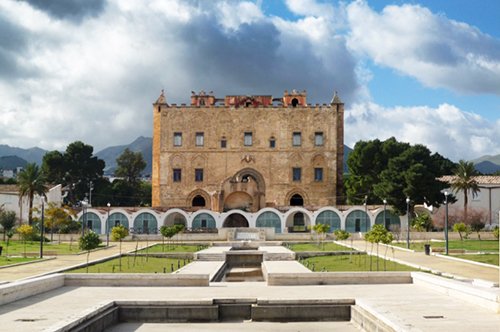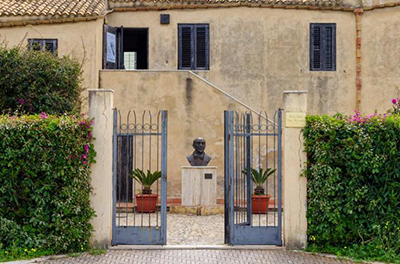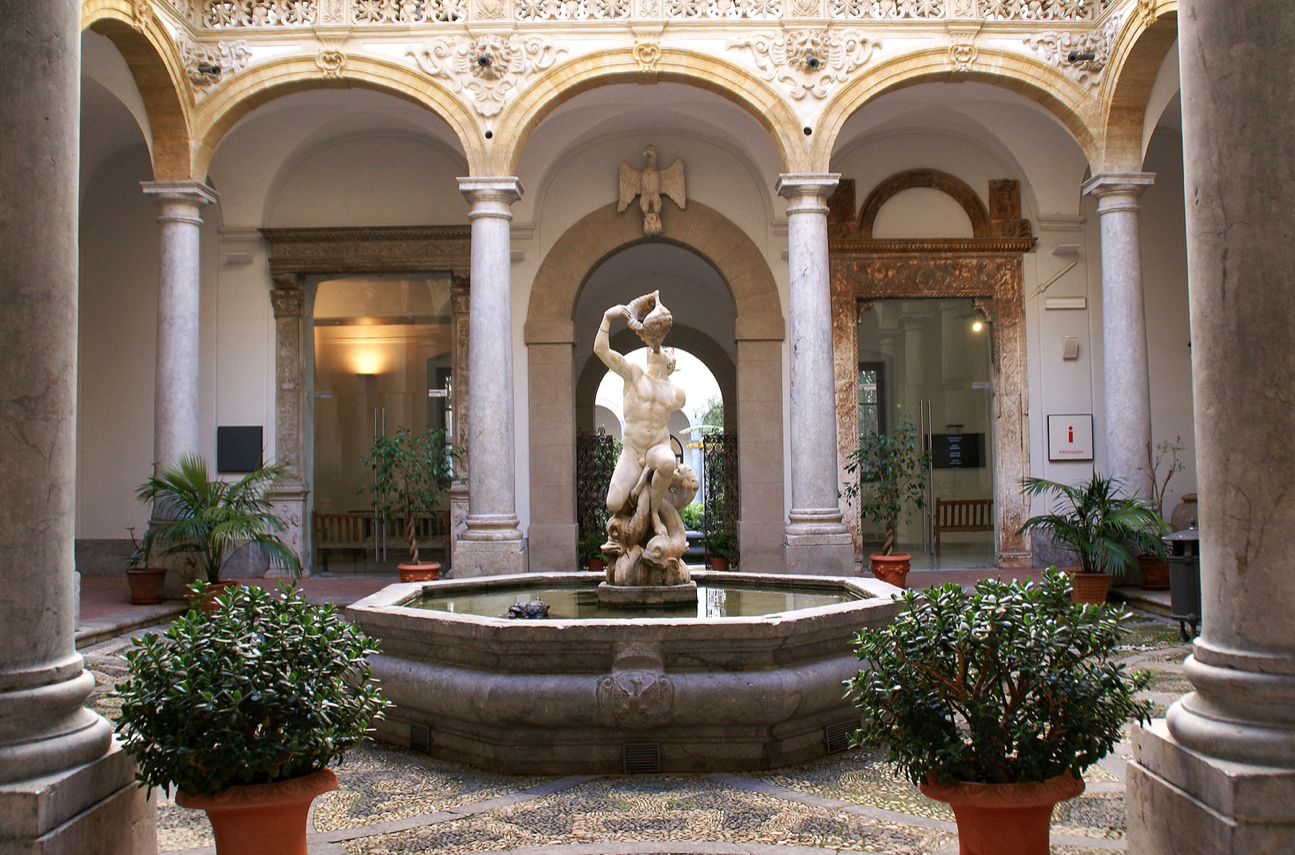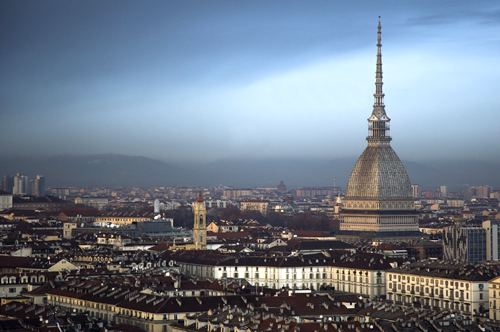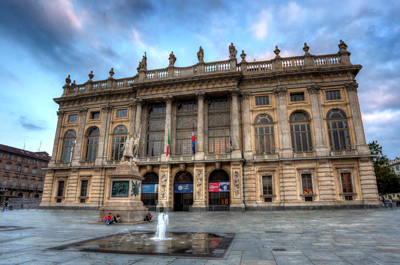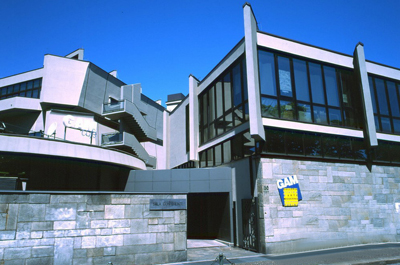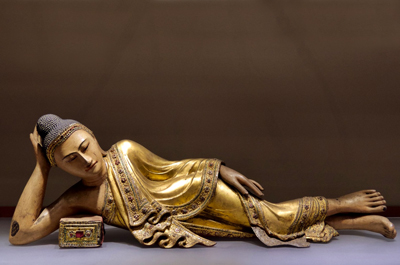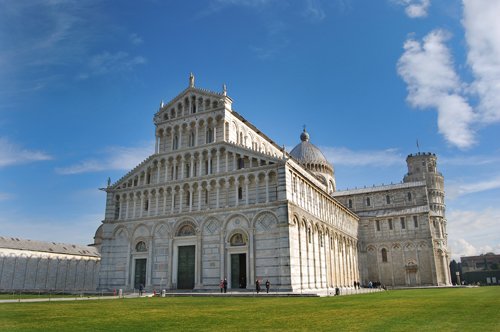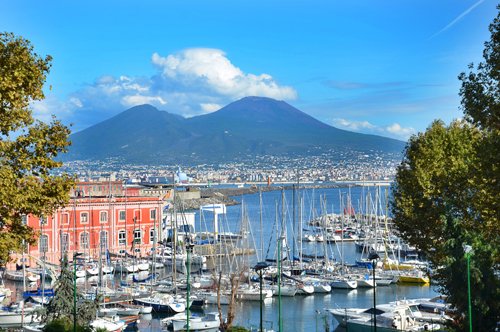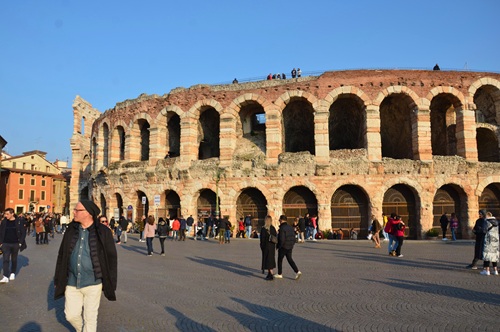Visit Pisa
All Categories
Tickets
Guided Tours
Private Tours
Visit Pisa: Book your tickets now!
Piazza dei Miracoli entrance tickets: Baptistery, Camposanto, Opera del Duomo Museum, Sinopie Museum
Visit the monuments of Piazza dei Miracoli with a single ticket - Leaning Tower NOT included!
-
Reserved entrance
-
Confirmation by email
-
Fast track entry
-
Wheelchair accessible
-
E-voucher accepted
17.00 €
Piazza dei Miracoli entrance tickets, Tower NOT included + APP Audioguide of the city of Pisa
Visit Piazza dei Miracoli with a single ticket and visit Pisa with our APP!!!
-
Reserved entrance
-
Confirmation by email
-
Fast track entry
-
Wheelchair accessible
-
E-voucher accepted
-
Pisa city audioguide
20.00 €
Pisa Pass - entrance tickets: Baptistery, Camposanto, Opera del Duomo Museum, Sinopie Museum includes the Pisa Leaning Tower
Visit all the monuments of Piazza dei Miracoli with a single ticket!
-
Reserved entrance
-
Confirmation by email
-
Fast track entry
-
E-voucher accepted
33.00 €
Pisa Pass: All the monuments of Piazza dei Miracoli including the Tower + APP Audioguide of the city of Pisa
Visit the monuments of Piazza dei Miracoli with a single ticket and let yourself be guided by our APP!
-
Reserved entrance
-
Confirmation by email
-
Fast track entry
-
E-voucher accepted
-
Pisa city audioguide
35.00 €
Visit Pisa: Discover our guided tours!
Pisa Guided Tour
Leave Florence to spend half a day exploring this wonderful city!
-
Confirmation by email
-
E-voucher accepted
-
Group tour
-
Multilingual guide
-
Duration: about 5h30
-
Transfer included
29.50 €
Lucca and Pisa Tour with buccellato cake tasting
Visit Lucca and Pisa, two of the richest Tuscan cities as for history and art.
-
Reserved entrance
-
Confirmation by email
-
E-voucher accepted
-
Group tour
-
Multilingual guide
-
Duration: about 9 hours
-
Transfer included
37.50 €
Pisa from Florence: Piazza dei Miracoli and the Leaning Tower
Take advantage of this half day tour to the discover Pisa!
-
Reserved entrance
-
Confirmation by email
-
E-voucher accepted
-
Group tour
-
Multilingual guide
-
Duration: about 5h30
-
Transfer included
46.50 €
Visit Pisa: Enjoy your tour with a private guide!
Private Tour of Pisa
A private guide at your disposal to visit Pisa and admire its beauties as Piazza dei Miracoli and the Baptistery!
-
Reserved entrance
-
Confirmation by email
-
Fast track entry
-
E-voucher accepted
-
Duration: about 3 hours
-
Private guide
38.00 €
Private Tour of Pisa and the Leaning Tower
A fascinating private visit to the famous Leaning Tower, the Cathedral, the Baptistery and the Camposanto!
-
Reserved entrance
-
Confirmation by email
-
Fast track entry
-
E-voucher accepted
-
Duration: about 3 hours
-
Private guide
55.00 €
Pisa city audioguide
Visit Pisa in total autonomy and get to know the city on your own: download the app
-
Confirmation by email
-
Recommended by Italy-Museum
-
Pisa city audioguide
-
Multilingual Audio Guide
9.00 €
WHY VISIT PISA?
Because Pisa is one of the most beautiful cities of art in Italy, with buildings, monuments, and museums that help keep alive the memory of the past, when for a long time a Maritime Republic was the undisputed ruler of the Mediterranean. Certainly, at present, Pisa maintains the title of Queen of Studies conferred by the Florentines; Pisa is a young, dynamic and lively city.
A LITTLE HISTORY OF PISA
The city of Pisa was born near the confluence of the Arno and Auser rivers (now called Serchio), in an area of the lagoon. According to a legend, it was founded by Pelops when he returned from the Trojan War. After the Etruscans, this territory was conquered by the Romans who founded the "Portus Pisanus", the fleet that would later become a great marine power.
Pisa becomes an ally and a military colony of Rome, guiding numerous and victorious battles. With the fall of the Roman Empire, Pisa did not suffer the decline of other cities; it became part of Tuscia, beginning its ascent as the main port of the Tyrrhenian Sea and as a trading center with Corsica, Sardinia and the coasts of southern France and Spain. With the victory of Charlemagne, the city became part of the Duchy of Lucca. Between the 9th and 10th centuries, the Pisan fleet fought against Saracen pirates, laying the groundwork for future commercial traffic. During the Middle Ages, Pisa became one of the four Maritime Republics of Italy, along with Amalfi, Genoa, and Venice, beginning a period of expansion and territorial conquests.
During the 12th century, the importance of Pisa increased in the Byzantine Empire and Constantinople, obtaining the position of favorite nation, which was traditionally assigned to Venice. In this period began the war with the marine Republic of Genoa due to the common commercial interests in the western Mediterranean and in the markets of the East. With the "anti-Genoese" treaty, the relationship between Pisa and Venice became a collaboration and alliance to conquer the market of Constantinople. At the beginning of the 13th century, Pisa undertook the relation of pacification with Genoa and expanded its presence in the Mediterranean, consolidating the interests of the mercantile classes.
The 15th century was the period of Florentine domination. In exchange for the possibility of offering Florence an outlet to the sea, Pisa obtained works such as public and civil buildings by the Medici. Thus began the gradual deterioration of the port caused by the debris transported by the Arno, the piers became impractical, and malaria spread through stagnant soils. In 1553 Alessandro de 'Medici was proclaimed Duke and Pisa gained many advantages, such as the recovery of trade, industries and the birth of the University of Studies. The improvements continued with the Lorena, but then everything stopped until the awakening of the Risorgimento of 1848 (Italian Unification).
In 1860, with the Grand Duchy of Tuscany, Pisa was united by plebiscite to the Kingdom of Italy. With the Fascism, the city witnessed a harsh repression and in August 1943, Pisa was bombed, beginning the process of reconstruction with the liberation of September 2, 1944.
WHAT IS PISA NOWADAYS?
This city, which in the past was one of the four Maritime Republics, is crossed by the Arno River and is born in a plain area called Lower Valdarno, closed to the North by Monti Pisani (Pisano Mountains). Today it is a city full of timeless cultural and artistic beauties that capture the attention of those who visit it.
Pisa is an Italian City, the capital of the homonymous province of Tuscany. Among the most important monuments of the city is the famous Piazza del Duomo, also known as Square of Miracles (Piazza dei Miracoli) declared a World Heritage Site. In this square is the Cathedral, built between 1063 and 1118 with Pisan Romanesque style, the Leaning Tower (the bell tower) of the 12th century, which is today one of the most famous Italian monuments in the world for its characteristic inclination.
The city is currently home to three of the most important university institutions in Italy and Europe, the University of Pisa, the Scuola Normale Superiore and the Scuola Superiore Sant'Anna (Sant’Anna School of Advanced Studies), as well as the largest headquarters of the National Research Council (CNR) and numerous other research institutes.
CURIOSITIES OF PISA
Did you know that in the Middle Ages, between 1383 and 1637, the Ponte di Mezzo (Middle Bridge) was called Ponte Vecchio (Old Bridge) and like the Ponte Vecchio in Florence, it had the presence of shops and stalls on both sides? In addition, the reconstruction of the Ponte di Mezzo took place some tens of meters towards the valley with respect to the Ponte Vecchio from the 14th century.
Did you know that in the belfry of the Tower of Pisa there are seven bells, one for each musical note? One of these bells is also called the bell of San Ranieri, although in Pisa it is known as the Bell of the Traitor. This is due to the fact that in the Middle Ages it always sounded when an execution for treason was carried out.
WHAT TO SEE IN PISA
When talking about Pisa it is inevitable not to refer to its leaning tower, but this impressive belfry is just one of the many monuments that this beautiful city has to offer. Start your tour in the beautiful Piazza del Duomo, where you will find a unique architectural complex in the world known as Piazza dei Miracoli (Square of Miracles), where the main monuments of the city are located: the Leaning Tower of Pisa, the Duomo, the Baptistery and the Camposanto (Monumental Cemetery).
Another mandatory stop in your visit to Pisa is the Piazza dei Cavalieri (Knight’s Square) that was designed by Giorgio Vasari, it takes its name from the headquarters of the Order of the Knights of Santo Stefano at the request of Cosimo I de’ Medici. Piazza dei Cavalieri is decorated with allegorical figures and zodiacal signs. Here you can also find the Palazzo della Carovana (Palace of the Convoy), the current headquarters of the Scuola Normale di Pisa, and the Clock Tower.
If you like museums, visit the Royal Palace, built in 1159 and renovated by order of Cosimo I de’ Medici between 1583 and 1587. The Royal Palace became the seat of the National Museum of the Royal Palace in 1989 and contains masterpieces made by Artists like Raphael, Canova, Guido Reni; also included in the Palace are: armors, private collections of flamenco paintings and much more.
On your tour of Pisa, you can not miss the Borgo Stretto, one of the most typical and oldest neighborhoods in the city. This neighborhood is rich in historical buildings belonging to the 14th and 15th centuries, you can walk under the portico of the medieval markets that housed the streets that open in small squares; in the neighborhood of Borgo Stretto you can admire the Casino dei Nobili, an 18th century building.
Remember also that Pisa is 45 minutes by train from Lucca and one hour from Florence, the cradle of the Renaissance.



